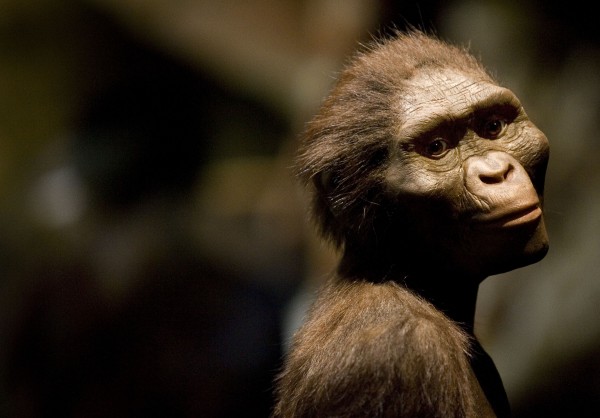By Koofi Saa, | August 29, 2016

Scientists say Famous 3.2 Million-Year-Old Human Ancestor Lucy Died After Falling from a Tree
Lucy, the famed hominin human ancestor whose fossils was found in Ethiopia's Afar region in the 1970s, died after falling from a height consistent with a tree, scientists have revealed.
New analysis involving CT scans of 40 percent of Lucy's fossils revealed injuries indicating that she fell from a considerable height.
Like Us on Facebook
Researchers from the US who conducted the analysis found that Lucy had injuries on her right arm and left shoulder. She also had injuries on her right ankle and left knee.
"We weren't there - we didn't see it - but the subset of fractures that we've identified are fully consistent with what's reported in a voluminous orthopedic surgical literature about fall victims who have come down from a height," lead author John Kappelman, an anthropologist from the University of Texas, said.
Kappelman, who published the new findings on Monday in the Journal Nature, said Lucy most likely died quickly after falling from a height of 12m (40ft) at 35 mph.
Despite the findings, some researchers disagree that Lucy died from a fall. They argue that the cracks in her bones resulted naturally from fossilization and erosion, AP reported.
Donald Johanson of Arizona State University, who discovered Lucy's bones in Ethiopia among other animal fossilized remains, said "there is no definitive proof of how she died."
Tim White, a paleoanthropologist at the University of California, Berkeley said Kappelman and his colleagues misdiagnosed Lucy's bones. White said they "focused only on the cracks that they could attribute to an imagined fall, ignoring the additional abundant cracks."
However, Nancy Lovell, a professor of anthropology at the University of Alberta, Canada said although the findings were surprising, they are the only ones available now.
"It seems fantastical but there's nothing to contradict their interpretation," Lovell told BBC. "And their use of really good, computerized imaging helps."
Kappelman and his colleague have released their findings along with 3D files of Lucy's fractured bones. The files, which were released with the permission of the Ethiopian government, are available for people to evaluate.
-
Use of Coronavirus Pandemic Drones Raises Privacy Concerns: Drones Spread Fear, Local Officials Say

-
Coronavirus Hampers The Delivery Of Lockheed Martin F-35 Stealth Fighters For 2020

-
Instagram Speeds Up Plans to Add Account Memorialization Feature Due to COVID-19 Deaths

-
NASA: Perseverance Plans to Bring 'Mars Rock' to Earth in 2031

-
600 Dead And 3,000 In The Hospital as Iranians Believed Drinking High-Concentrations of Alcohol Can Cure The Coronavirus

-
600 Dead And 3,000 In The Hospital as Iranians Believed Drinking High-Concentrations of Alcohol Can Cure The Coronavirus

-
COVID-19: Doctors, Nurses Use Virtual Reality to Learn New Skills in Treating Coronavirus Patients







